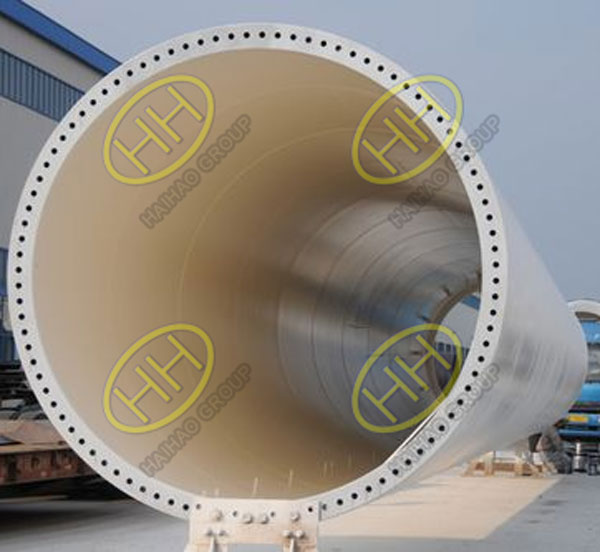Exploring two technical paths for offshore wind energy development
Stretching wind energy projects from land to sea is no easy task. The natural environment presents complex challenges with varying distances offshore and regional conditions. In the past thirty years of development practice, the offshore wind energy industry has gradually formed two different technical paths: offshore wind energy and deep-sea wind energy.
In the waters near Shanghai’s Donghai Bridge, towering offshore wind turbines have been dancing in the wind for nearly 14 years. This is Asia’s first offshore wind farm and a typical example of using fixed foundations to develop wind energy in offshore areas. It is worth mentioning that fixed foundations are used in shallow waters, where the seabed structure is stable and the combined effects of wind, waves and currents are relatively small. This technology has lower construction costs and is therefore the preferred method for offshore offshore wind energy development.

wind power flange
However, in far-reaching waters more than 60 nautical miles away from the coastline and with water depths exceeding 70 meters, rough waves pose huge challenges to directly inserting offshore wind turbine foundations into the seabed. In such areas, developers choose to use floating platforms to levitate turbines above the water. In the South China Sea, there is the world’s first typhoon-resistant floating offshore wind turbine, known as the “Three Gorges Leading Ship”. It will be officially connected to the grid for power generation in December 2021, marking China’s entry into the deep sea to obtain wind energy resources.
Unlike offshore turbines, which are anchored to the seafloor, floating platforms are tethered to the seafloor and float on the surface, like buoys. Ensuring that the wind turbine floats safely and stably requires comprehensive consideration of multiple factors such as blade aerodynamics, turbine control, structural design of the floating platform, and the marine environment, so it is extremely challenging.
Wind energy flanges: a key component in wind energy development
Whether offshore or deep offshore, wind energy development relies heavily on precision-manufactured components such as wind turbine flanges. Haihao Group has been deeply involved in the field of flange forging for more than 40 years and has accumulated rich experience in wind energy project production. As the offshore wind energy industry continues to expand and develop, Haihao Group is committed to providing high-quality flanges and contributing to the success of global wind energy projects. Haihao Group has rich professional knowledge and innovative experience in the field of flange manufacturing and is willing to contribute to the continued growth and sustainable development of the wind energy industry.

